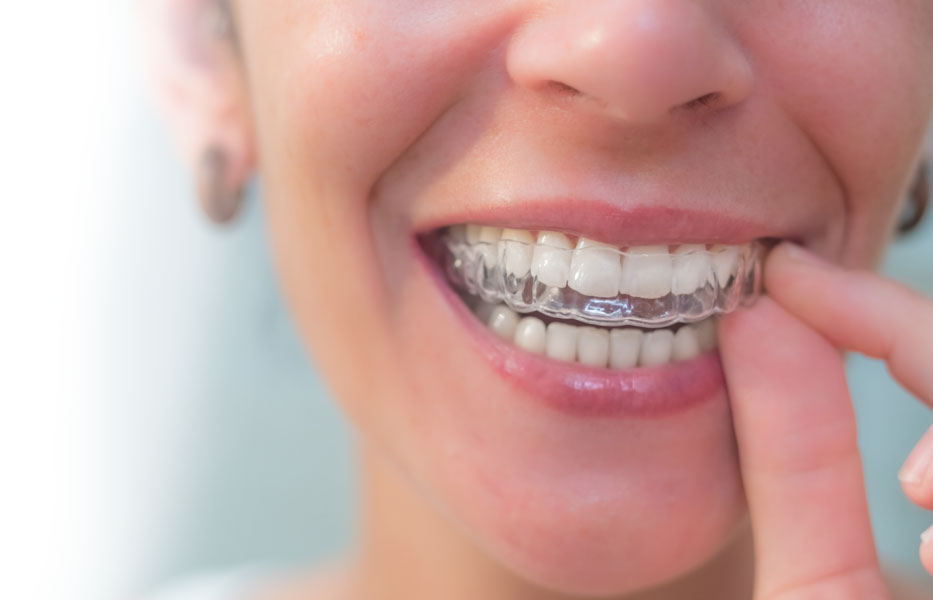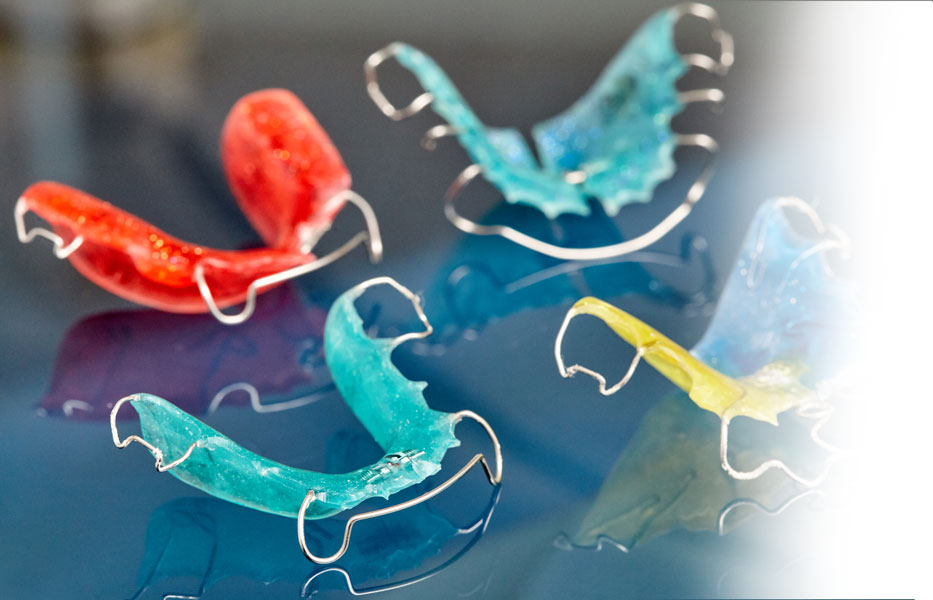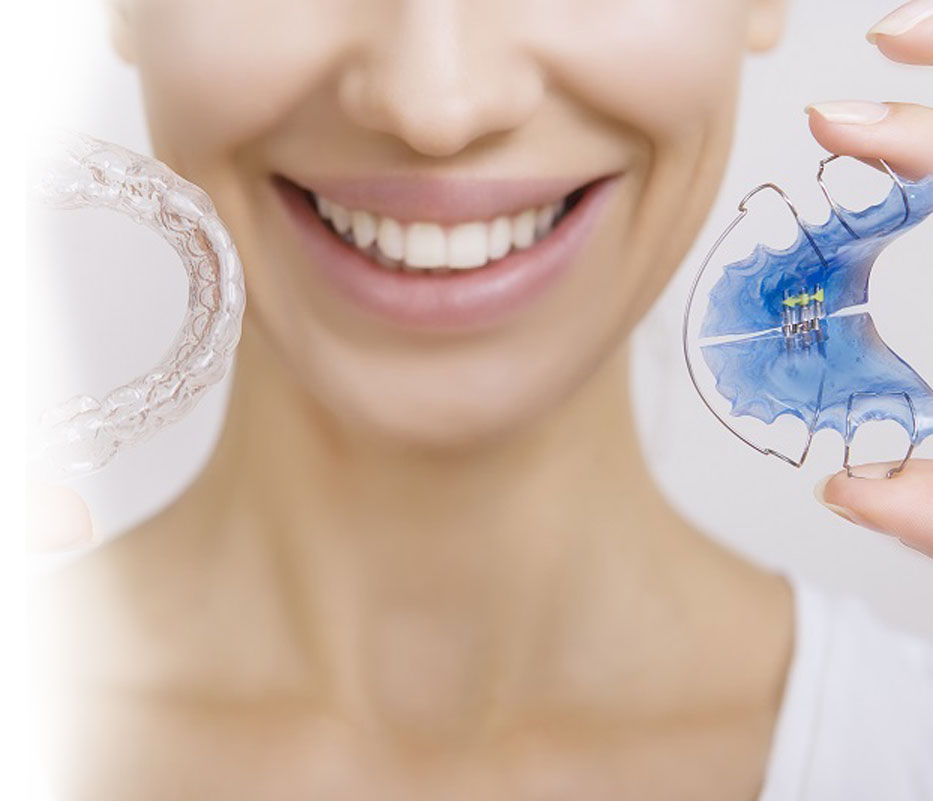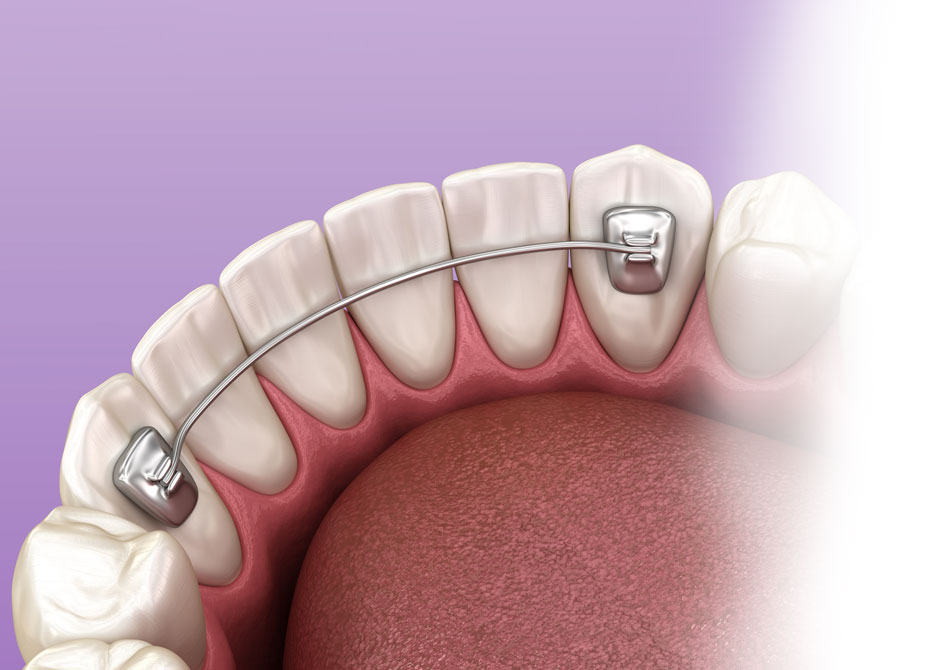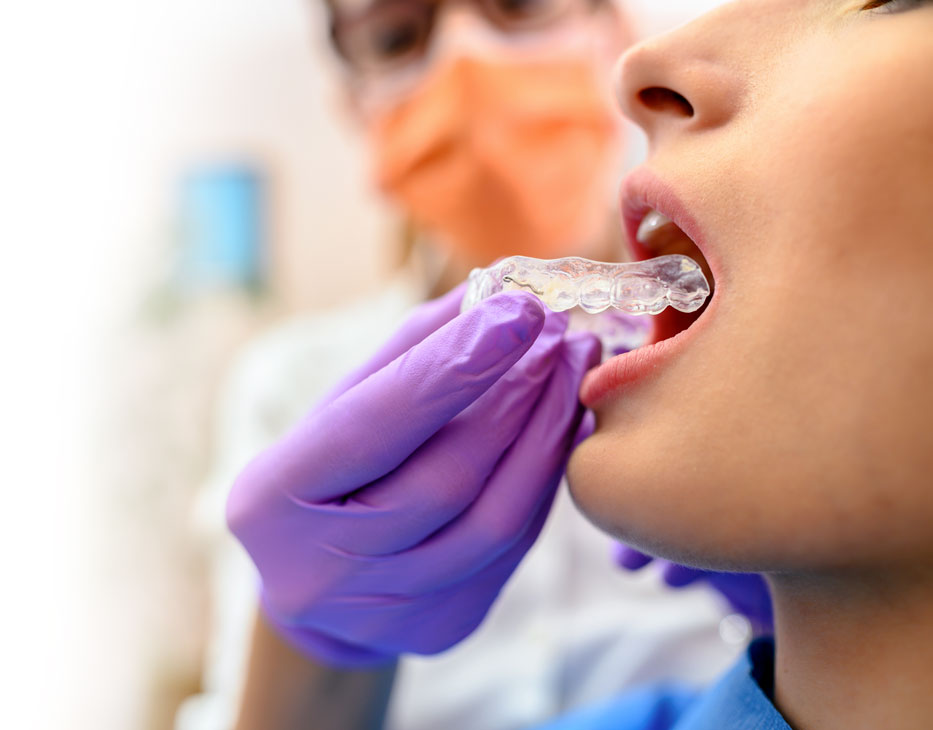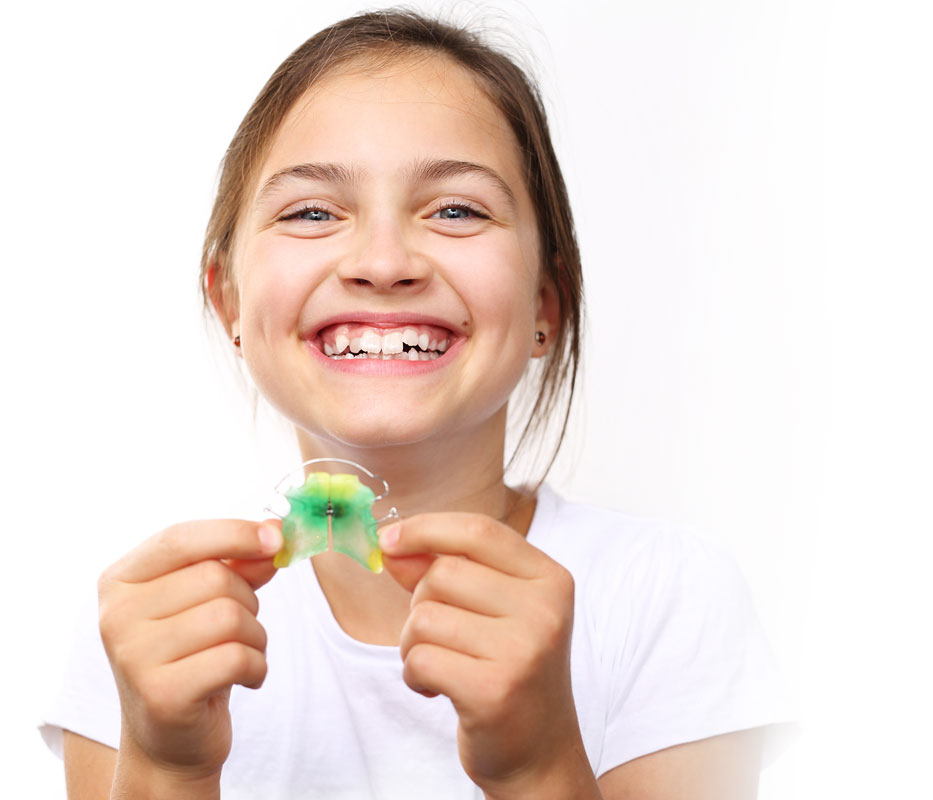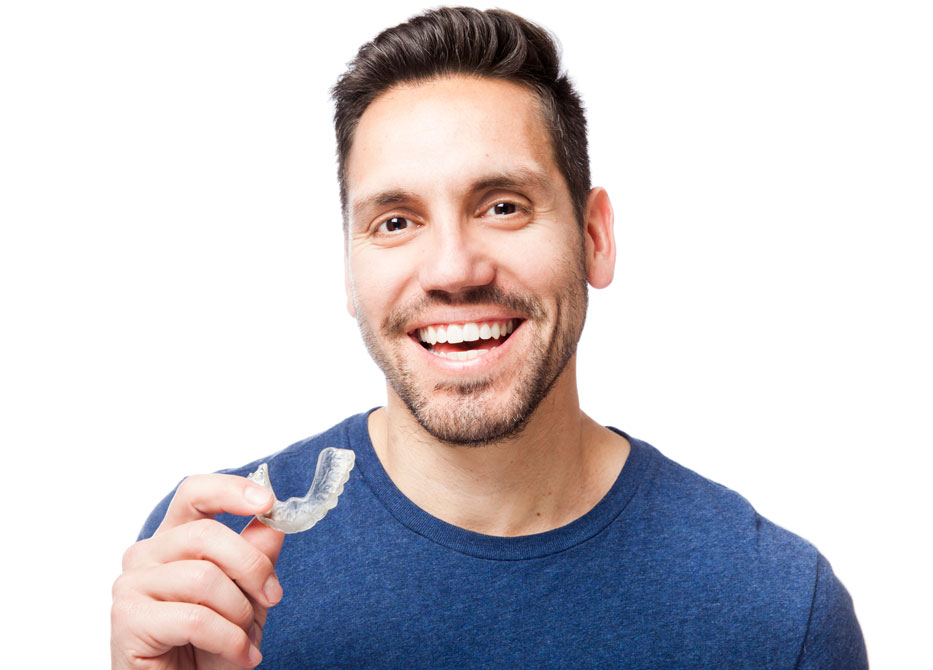Are retainers easy to wear?
Getting into the habit of wearing retainers on a daily basis and keeping them safe can be a challenge. Perhaps you could think of it this way. Putting your retainers in at night after brushing your teeth is similar to putting your shoes on going out for a walk. In reality putting your retainers in each night is simple, quick and the best guarantee for keeping your teeth straight.

